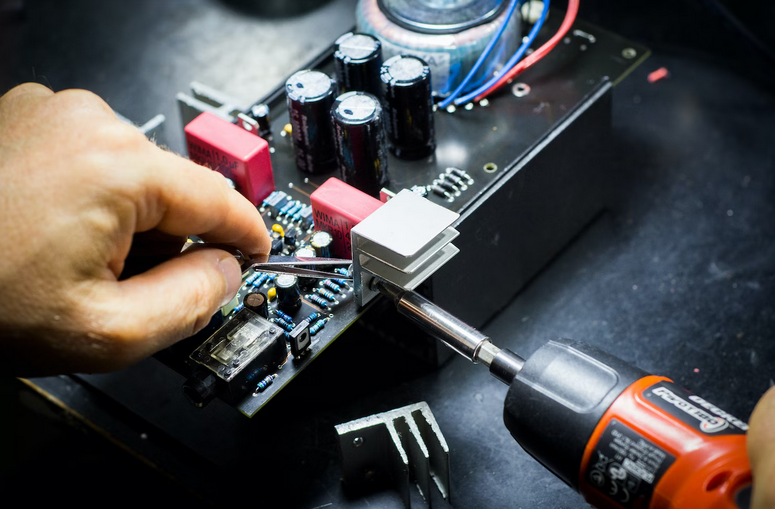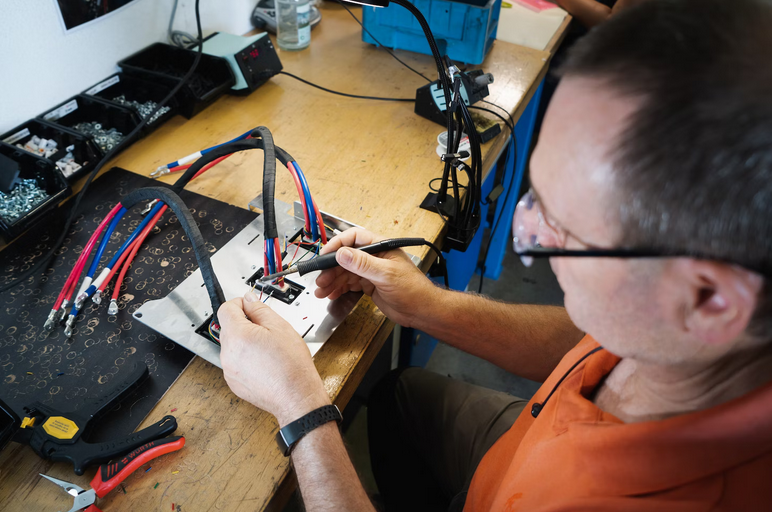Step-by-Step Breakdown: How Switched-Mode Power Supplies Function

Are you curious about the inner workings of one of the most important components in modern electronics – switched-mode power supplies? Look no further. In this step-by-step breakdown, we will unravel the mystery behind these ingenious devices that efficiently convert electrical energy and provide a stable power source.
Introduction to Switched-Mode Power Supplies
Switched-Mode Power Supplies, commonly referred to as SMPS, represent a departure from traditional linear power supplies. Unlike their linear counterparts, which regulate voltage through the use of variable resistors, SMPS employs a switching regulator to control the conversion of electrical power. This dynamic approach allows for greater efficiency and adaptability in a variety of applications.
Operating Principle of SMPS
At the heart of an SMPS is the switching regulator, which alternates between on and off states at a high frequency. This rapid switching action enables the conversion of input power to a regulated output with minimal energy loss. The key components in an SMPS include the power switch, inductor, capacitor, and diode, working in tandem to transform and filter the electrical signal.
Advantages of SMPS

SMPS offers a range of advantages over traditional linear power supplies, making them the preferred choice for many applications. One of the main advantages of SMPS is its high efficiency. Unlike traditional linear power supplies, which use a bulky transformer to step down the voltage, SMPS uses a switching regulator to convert the AC input to DC output. This allows them to achieve efficiencies of up to 90%, compared to around 60% for linear power supplies.
The compact design of SMPS allows them to be much smaller in size compared to traditional linear power supplies. This makes them ideal for applications where space is limited, such as in consumer electronics and portable devices. The Omron SMPS, for example, has a small form factor and can easily fit into tight spaces. Another advantage of SMPS is its wide input voltage range. Unlike linear power supplies, which require a specific input voltage, SMPS can operate over a wide range of input voltages. This makes them suitable for use in different countries with varying power grids.
Types of Switched-Mode Power Supplies
There are several types of SMPS, each tailored to specific applications. They include buck, boost, buck-boost, and half-bridge converters. A buck converter, also known as a step-down converter, is a type of SMPS that steps down the input voltage to a lower output voltage. It uses a switch (usually a transistor) to control the flow of current through an inductor. The energy stored in the inductor is then transferred to the output capacitor, resulting in a stable output voltage.
On the other hand, the boost converter is the opposite of a buck converter. It steps up the input voltage to a higher output voltage using an inductor and capacitor. The buck-boost converter combines the functionality of both buck and boost converters by providing both step-down and step-up capabilities. It can operate in either mode depending on the input and output voltages.
Key Components of an SMPS
Understanding the fundamental components of an SMPS is essential for troubleshooting and designing power supplies. These components work together to regulate the input voltage and provide a steady output voltage to power electronic devices. They include inductors, capacitors, diodes, transistors, and semiconductors.
Applications of SMPS
SMPS finds application in a myriad of electronic devices, ranging from power adapters for consumer electronics to power supplies in industrial equipment. Their adaptability, efficiency, and compact design make them indispensable in various fields.
Switched-Mode Power Supplies have emerged as a cornerstone in the realm of electronic design, offering a dynamic and efficient approach to power regulation. Their ability to adapt to different voltages, compact size, and superior efficiency make them the preferred choice in an array of electronic applications. As technology continues to advance, a nuanced understanding of SMPS becomes increasingly vital for engineers and enthusiasts alike.

